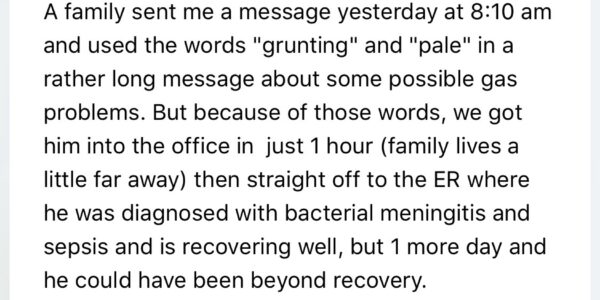There are some rituals we covet. For many of us, our morning coffee is among them. For most of us, our annual physical is not.
Apart from feeding our caffeine addiction, visiting a coffee shop is a pleasurable experience. It provides us with time out from the busy day to take care of ourselves, without sacrificing convenience. But, in a perfect world, isn’t this also how we should describe a well visit to the doctor?
There is reluctance in the world of healthcare to let consumers dictate how medical care is delivered; medicine is, in some ways, inherently paternalistic. But the fact is that patients use consumer value metrics to make decisions about their healthcare. Data shows that patient engagement is the key to building a strong foundation of preventative care, limiting expensive emergency room visits.
Healthcare legislation has begun to address this simple fact and seeks to put in place measures to improve the delivery of primary care and reduce the costly burden on our nation’s ERs. However, as is the norm in healthcare, things take longer than it seems like they should. The good news is that there are great examples of the success of concepts like “Meaningful Use” and “Patient Engagement” in other industries. In this way, the world of healthcare has a lot to learn from the coffee shop.
No coffee shop has been more successful at building customer loyalty than Starbucks. The average Starbucks customer visits the store 6 times per month, while an astounding 20% of customers exceed 15 visits per month. What Starbucks has managed to do is to create an experience that feels special, yet is efficient and scalable, and this is precisely what healthcare needs to do.
So what can doctors learn from baristas? On a very basic level, doctors need to think more like businessmen and -women. While the intrinsic motivation to stay healthy is powerful, choices about our health are often weighed against cost and convenience in the real world. Just like any business, healthcare providers need a well-conceived value proposition. Separate, but related, doctors need a lesson in how to effectively use technology to engage customers.
Starbucks has been met with tremendous success in their attempt to engage customers using technology. The Starbucks mobile app has over 19 million users and it is used in 21% of Starbucks transactions totaling billions of dollars in sales to date. The app tracks a customer’s loyalty and rewards them for their purchases, while also reducing friction at the POS. In a recent report Sheryl Kingstone described how “transforming the point of sale into a point of engagement” creates a “broader, dynamic interaction” with the customer.”
The primary tool for consumer engagement in most medical practices is the patient portal. Patient portals provide a direct link to a patient’s electronic health record and allow doctors and patients to share health information on a secure platform. But the fact is that portal adoption has been slow, particularly as it relates to patient messaging. So why do patient portals fail at the dynamic interaction Kingstone describes?
The fact of the matter is that electronic health records are designed for clinical efficiency, not user experience. We, as consumers, have high expectations for technology, and any small barrier to use can dissuade even the most tech savvy consumer. Businesses that are successful in engaging customers through technology, like Starbucks, meet consumers where we are: mostly on our phones. While many patient portal companies offer mobile applications, the interface is unfamiliar and inelegant.
The technologies that have a meaningful impact on healthcare will end up being the those that view patient engagement through a consumer adoption lens. And the ability to effectively use technology will increasingly be an important component of how doctors, hospitals, and health systems make money, acquire new patients, and reduce costs — both to their organization and the industry as a whole.
So what is your practice doing to drive patient engagement and patient satisfaction? After all, Starbucks didn’t become a $100 billion dollar company without appealing to more than just our caffeine addiction.


